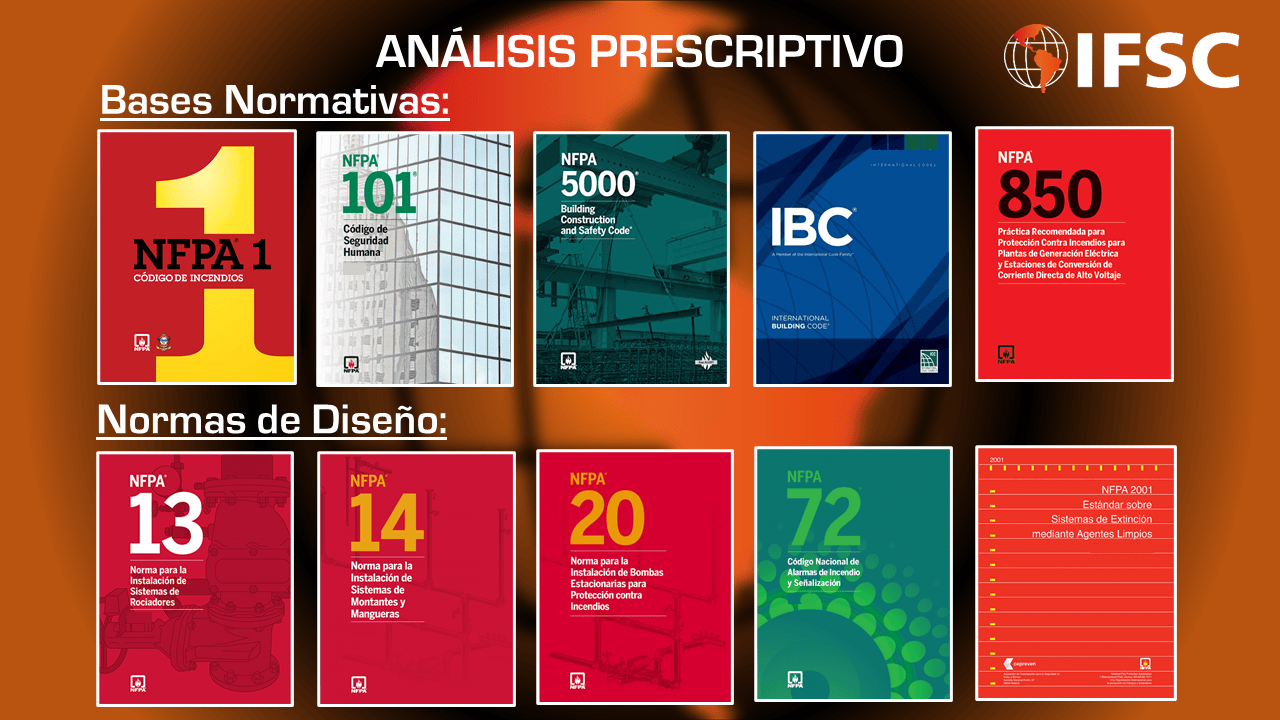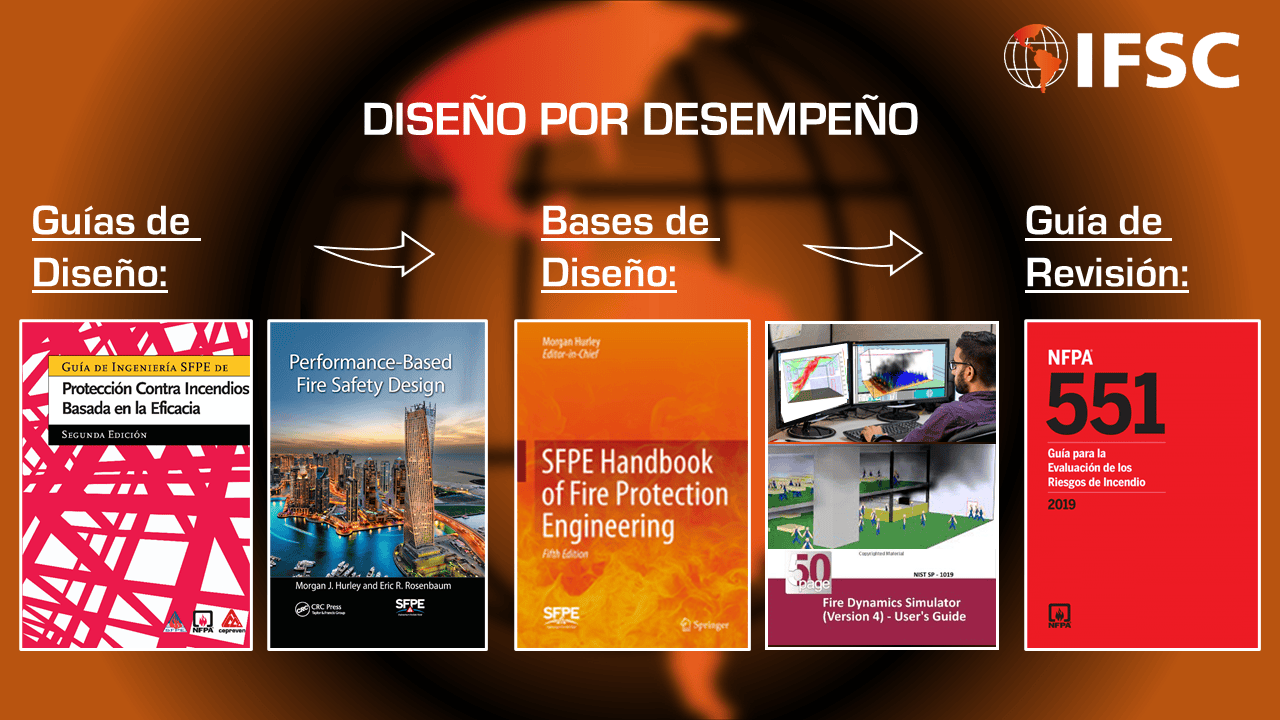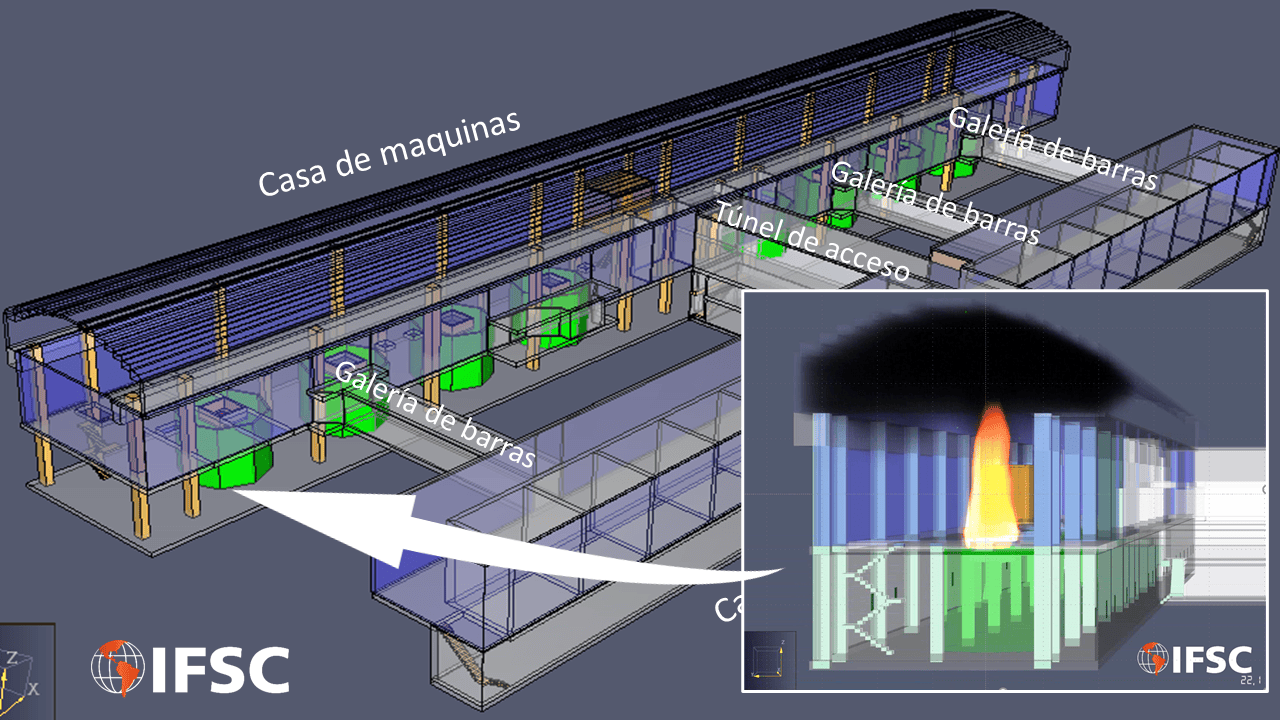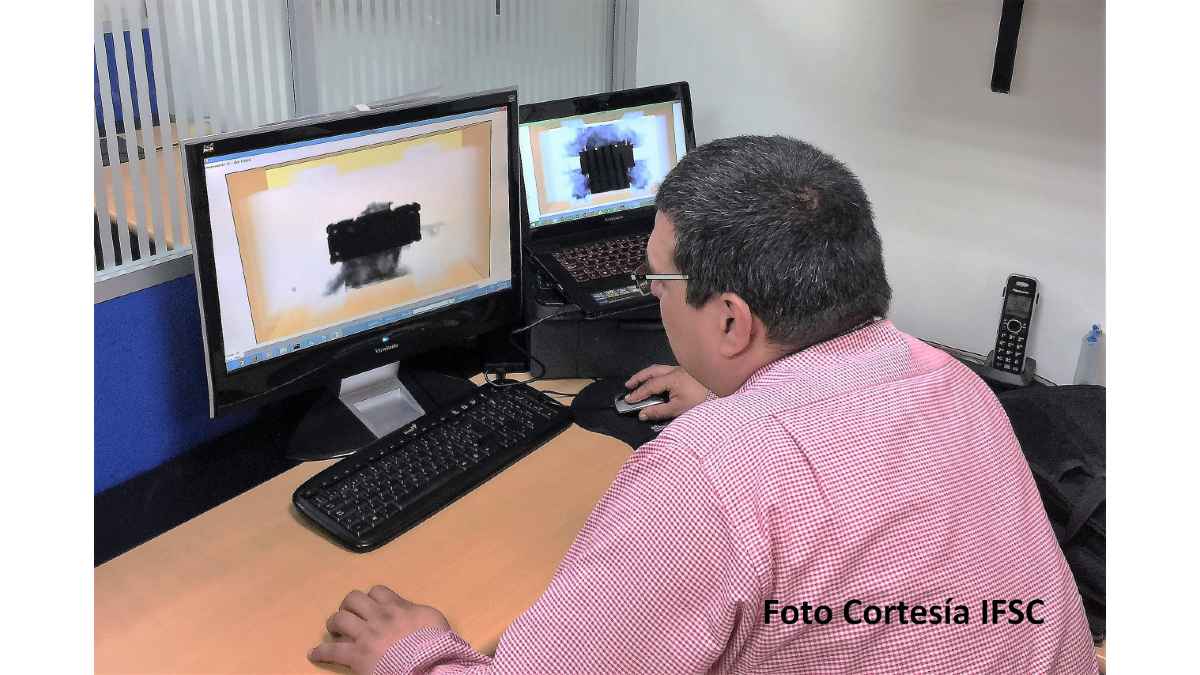We analyze the positive and negative aspects of the use of this tool in our Latin American region.
by Jaime A. Moncada, P.E.*
More frequently, performance-based design has been discussed at fire safety forums and conferences across Latin America. NFPA 1 and 101, in its chapter 5, as well as the International Building Code (IBC), in Chapter 1, allows this type of alternative design to the prescriptive criteria of the Code. Before getting into the matter, let's define the difference between prescriptive design and design by fire safety performance.
Prescriptive design: It is the most common methodology when defining the fire protection criteria of a building or industry. This methodology is implicit in most fire and construction codes, including those of the NFPA, where the prescriptive requirements of the code are interpreted based on the facility being protected. In this way, the requirements of human safety and fire protection are defined and specified.

Prescriptive designs.
Performance-based design1: It is a methodology that uses a goal-setting approach when evaluating and designing fire safety. It has been defined for the exclusive use of engineers who perform an analysis and evaluation through fire protection engineering methods. These engineers have knowledge of fire dynamics, and competence in applying scientific and engineering principles to evaluate and design fire safety systems and methods.

Designs by performance.
To understand this better, I would like to repeat something I wrote in the Fire Protection Manual2: "Fire protection engineering is a young engineering, where there is still much to learn and travel. However, the incredible technological development of this young engineering has allowed fire protection engineers to use today modeling programs and empirical formulas, as daily work tools. They are not the hydraulic calculation programs to which I refer, but more sophisticated programs that allow to calculate the production and development of smoke in a fire, the process of evacuation of people in a building, the fire resistance of a structure, the design of industrial structures taking into account the impact of radiation on a neighboring facility, or that allow to determine when (in seconds after the start of the fire) a detection system or automatic sprinklers would be operated."
The State of the Art: Today, the analysis and design of fire safety conditions could be carried out almost exclusively using performance-based criteria. According to the 'SFPE Engineering Guide to Fire Protection Based on Effectiveness', this design methodology is aimed exclusively at competent fire protection engineers, who have knowledge of fire dynamics, who have experience in the scientific principles and prescriptive methods of fire protection.
It requires fire protection engineers qualified for their training, learning and experience, as well as a team design process, where several fire engineers, with various competencies, participate in the analysis and design process. That is, its application is limited to large fire protection engineering firms. It is for this reason and much more that I must emphasize that this methodology is not very appropriate for our technical environment in Latin America.
Limitations: I understand the interest that these methodologies, being novel and based on computational models, arouse in a growing group of Latin American professionals. In several regional forums the details of these methodologies have been discussed, but unfortunately no one is exposing their limitations and especially the danger that the application of these techniques entails when we do not have a counterpart that can recognize something that is out of context or simply wrong. I am also concerned that in the interest of lowering costs, engineers "massage the numbers" in order to reach a conclusion that will make them look good to their customers.
Dr. Brian Meacham, a friend of mine who taught this same topic for many years in the school of fire protection engineering at Worcester Polytechnic Institute (WPI) once told me, "Design for performance cannot exist in a jurisdiction without a very strong and developed prescriptive code." That is, we should not jump from the current state of fire safety legislation that exists in most of Latin America, to accept designs for performance.
Interpretation of the results: For me, the main problem of design by performance is not to understand the algorithms or the computer program that is used during the design, but to have the professional maturity, the experience to know what values to assume and how to interpret the results. That is, it is easy to lose the north and that is why only fire protection engineers qualified for their training, learning and experience should elaborate this type of designs.
However, performance-based designs are necessary and useful in certain occupations, such as evaluating smoke control in an atrium, or designing a mass transit system by subway. But I must again emphasize that with performance designs a team design process is required, where several fire protection engineers, with various competencies, participate in the process of analysis, design and review.
This, unfortunately, for now, escapes the capacity of many of the practitioners of fire protection consulting in Latin America. Our effort, I think, should be focused on strengthening modern codes of fire protection and human safety, which in a prescriptive way establish minimum levels of fire safety. We must learn to use prescriptive codes before we can move to performance-based designs. We must also develop a serious and professional audit process.
Final comments
The objective of design by performance, in addition to finding more limited solutions, is to reduce costs in construction. However, the design process is much more expensive using design for performance than following the methodology of prescriptive designs and that makes the end customer look at this possibility with reluctance.

Where I work, at IFSC, we have and continue to develop performance-based designs in very special facilities, such as the smoke extraction system in large atriums, computational evaluation of evacuation in meters and airports, evaluation of the operation of sprinkler systems on roofs with special geometries, and evaluation of smoke extraction in power plants in cavern, such as the one shown in the attached image. But these projects, while very interesting and useful to our clients, are a small minority of our daily work.
Footnote: 1. Also called in Spain as "designs based on efficiency".
2. Manual of Fire Protection, Fifth Edition in Spanish, NFPA (2009), pp. 2-1, Vol. I
* Jaime A. Moncada, PE is a director of International Fire Safety Consulting (IFSC), a fire protection engineering consulting firm based in Washington, DC. and with offices in Latin America. He is a fire protection engineer graduated from the University of Maryland, co-editor of the NFPA Fire Protection Manual, Vice President of the Society of Fire Protection Engineers (SFPE). Moncada's email address is [email protected].


























Leave your comment